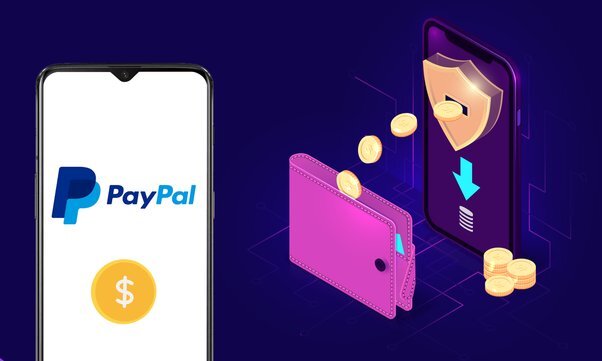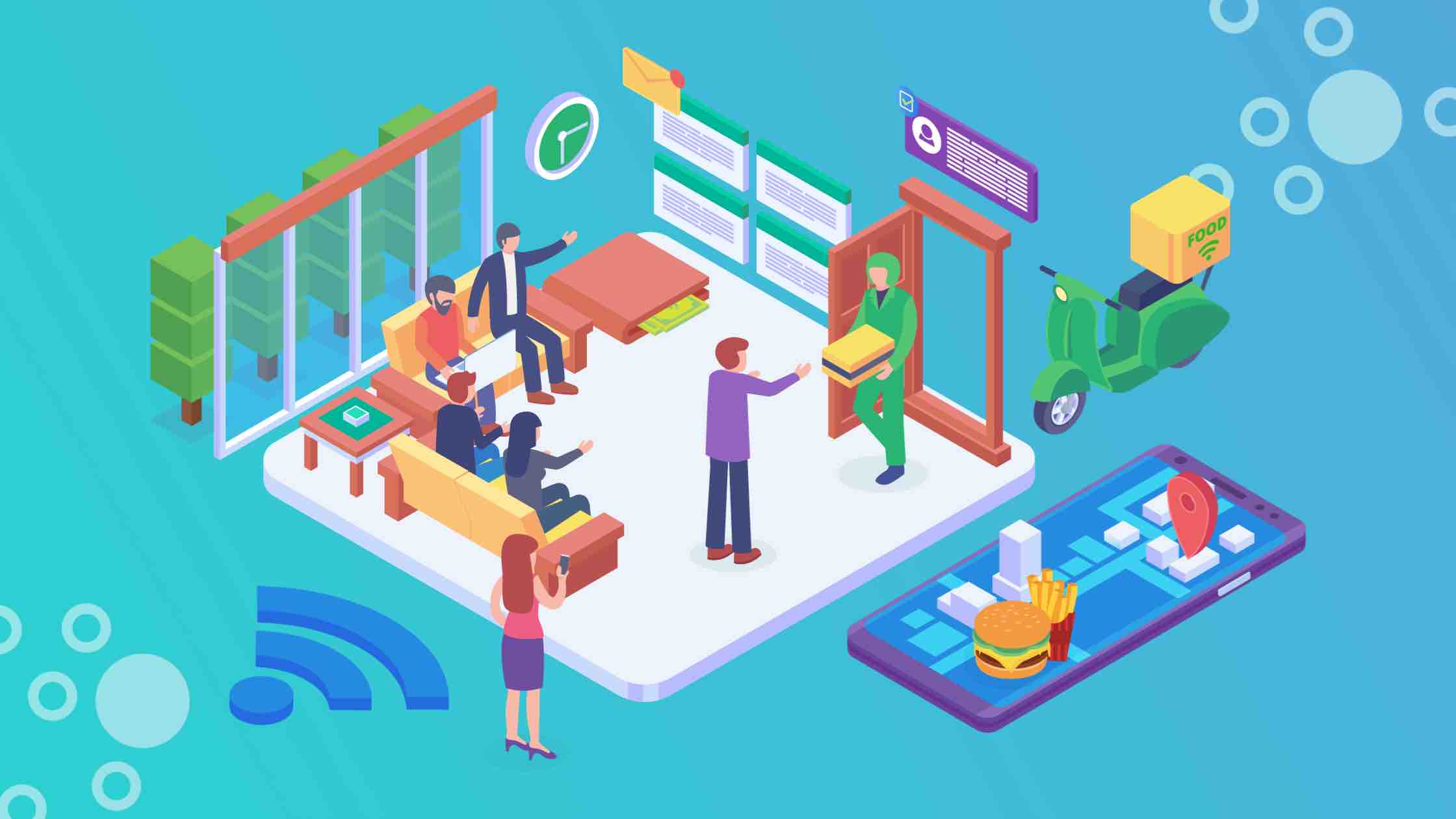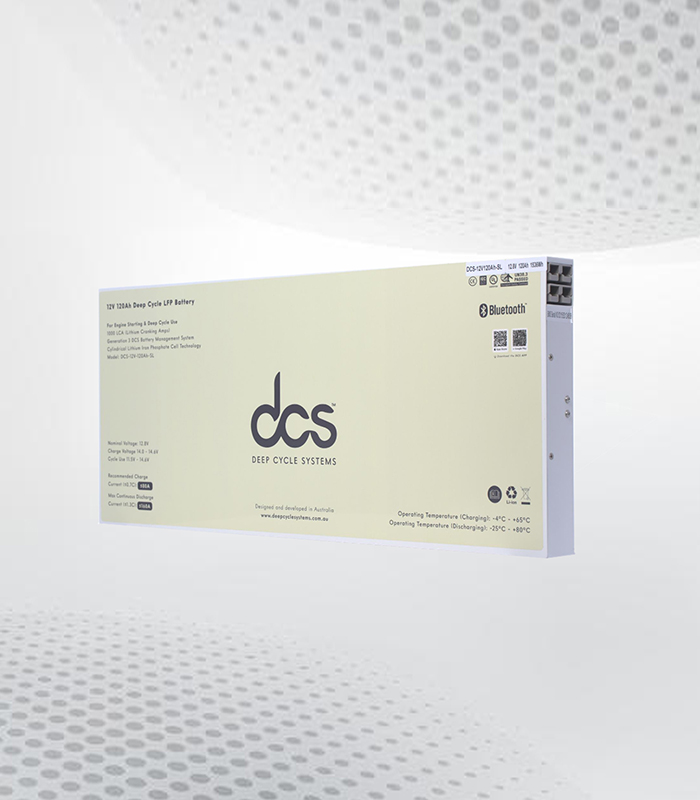Creating a payment gateway like PayPal involves developing a robust, secure, and scalable system that can handle online transactions efficiently. As a crucial component of modern e-commerce, a payment gateway allows businesses to accept payments electronically, facilitating smooth financial transactions between buyers and sellers. This comprehensive guide will walk you through the essential steps and considerations for developing a payment gateway similar to PayPal.
1. Understanding Payment Gateways
A payment gateway acts as a bridge between a merchant’s website and the financial institutions that process payments. It securely transmits payment information, authorizes transactions, and ensures that funds are transferred between accounts. Learning how to create a payment gateway like PayPal involves incorporating features such as fraud detection, multi-currency support, and integration with various payment methods.
2. Key Components of a Payment Gateway
To create a payment gateway like PayPal, you need to understand its core components:
a. Payment Processing
Payment processing involves capturing and handling payment data. This includes encrypting sensitive information, communicating with the payment processor, and receiving authorization or denial of transactions.
b. Merchant Accounts
A merchant account is a type of bank account that allows businesses to accept payments. The payment gateway must integrate with merchant accounts to facilitate the transfer of funds between customers and businesses.
c. Security Measures
Security is paramount in payment gateways to protect against fraud and data breaches. Implementing strong encryption methods (such as SSL/TLS) and compliance with standards like PCI-DSS (Payment Card Industry Data Security Standard) are essential.
d. User Interface
A user-friendly interface is critical for both merchants and customers. It should be intuitive, easy to navigate, and compatible with various devices and platforms.
3. Developing the Payment Gateway
a. Define Your Requirements
Before development begins, outline the specific features and functionalities you want in your payment gateway. Consider:
- Supported Payment Methods: Will your gateway support credit/debit cards, bank transfers, digital wallets, or cryptocurrencies?
- Multi-Currency Support: If you plan to operate internationally, your gateway should handle multiple currencies.
- Integration Capabilities: Ensure the gateway can integrate with various e-commerce platforms and third-party applications.
b. Choose the Right Technology Stack
Selecting the appropriate technology stack is crucial for building a reliable payment gateway. Consider using:
- Programming Languages: Common choices include Python, Java, and PHP. These languages offer robustness and support for secure transactions.
- Frameworks and Libraries: Use frameworks like Django or Spring Boot for rapid development and libraries for encryption and payment processing.
- Database Management: Choose a secure and scalable database system (e.g., MySQL, PostgreSQL) to manage transaction records and user data.
c. Build the Payment Processing System
Develop the core payment processing functionality:
- Transaction Flow: Implement a transaction flow that includes capturing payment information, encrypting data, and communicating with payment processors.
- Authorization and Settlement: Ensure your gateway can authorize and settle transactions efficiently. This involves interfacing with payment processors and managing the flow of funds.
d. Implement Security Measures
Security is a top priority:
- Encryption: Use strong encryption protocols to protect sensitive data during transmission and storage.
- PCI-DSS Compliance: Adhere to PCI-DSS standards to ensure your gateway meets industry security requirements.
- Fraud Detection: Integrate fraud detection mechanisms, such as machine learning algorithms and transaction monitoring, to identify and prevent fraudulent activities.
e. Design the User Interface
Create an intuitive and user-friendly interface for both merchants and customers:
- Merchant Dashboard: Develop a dashboard where merchants can manage transactions, view reports, and configure settings.
- Checkout Experience: Ensure a seamless checkout experience for customers, with easy navigation and minimal steps required to complete a transaction.
f. Test and Validate
Thoroughly test your payment gateway to identify and resolve any issues:
- Functionality Testing: Test all features to ensure they work as intended, including payment processing, refunds, and chargebacks.
- Security Testing: Perform vulnerability assessments and penetration testing to ensure your gateway is secure.
- User Testing: Gather feedback from users to identify any usability issues and make improvements.
g. Obtain Regulatory Approvals
Depending on your region, you may need to obtain regulatory approvals or licenses to operate a payment gateway. Ensure you comply with local regulations and industry standards.
4. Launch and Maintain Your Payment Gateway
a. Launch
Once development and testing are complete, launch your payment gateway. Promote your gateway to potential merchants and customers, highlighting its features and benefits.
b. Ongoing Maintenance
Regular maintenance is essential to ensure continued performance and security:
- Updates and Upgrades: Implement updates to address security vulnerabilities and introduce new features.
- Customer Support: Provide support for merchants and customers to resolve any issues or inquiries.
c. Monitor Performance
Continuously monitor the performance of your payment gateway to identify and address any issues. Use analytics to track transaction volumes, detect anomalies, and optimize performance.
5. Future Considerations
As technology evolves, consider incorporating additional features and capabilities into your payment gateway:
- Mobile Payments: Optimize your gateway for mobile transactions to cater to the growing use of smartphones for online payments.
- Blockchain Technology: Explore the use of blockchain technology for enhanced security and transparency in transactions.
- Artificial Intelligence: Utilize AI for advanced fraud detection and personalized customer experiences.
Conclusion
Creating a payment gateway like PayPal involves a comprehensive approach to development, focusing on functionality, security, and user experience. By understanding the key components, choosing the right technology, and adhering to industry standards, you can build a robust payment gateway that meets the needs of both merchants and customers. As you move forward, stay abreast of technological advancements and regulatory changes to ensure your payment gateway remains competitive and compliant in the evolving financial landscape.




